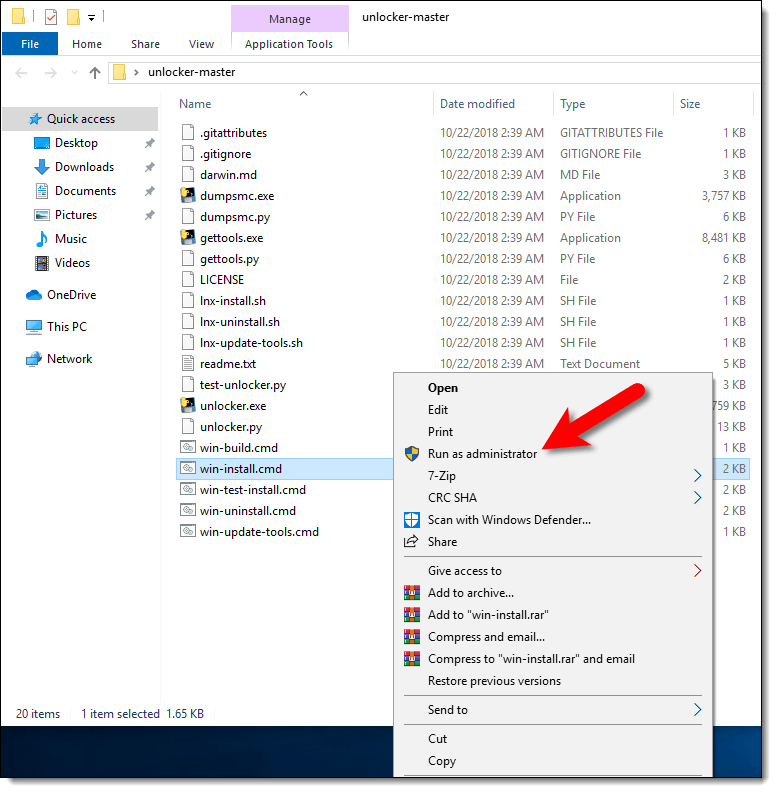
- #Iso image file for vmware to run mac os x how to#
- #Iso image file for vmware to run mac os x for mac os#
- #Iso image file for vmware to run mac os x mac os x#
- #Iso image file for vmware to run mac os x install#
Set the memory settings to one half of RAM installed in computer.
#Iso image file for vmware to run mac os x for mac os#
VMware Workstation General settings for Mac OS XĬlick on Hardware tab.
#Iso image file for vmware to run mac os x mac os x#
Click on Options tab and check the Guest operating system is set to Apple Mac OS X and Version to Mac OS X 10.7. VMware Worksation with imported Mac OS X virtual machineĬlick on VM menu > Settings. Navigate to the unpacked Mac OS X archive to OS X 10.8 Mountain Lion subfolder and select OS X 10.8 Mountain Lion.vmx file. Step 4 - Run the Mac OS X in VMware Workstation

However we tested it on older Pentium D 945 system without success. There is an utility available in the archive called Hardware Virtualization Bypasser that allows users without processor with VT-x virtualization, run Mac OS X in VMware. Wait until the patch process is finished. Open the archive and go to the VMware Workstation Unlocker - Windows subfolder.Ĭ:\Users\Public\Documents\Shared Virtual Machines\OS X 10.8 Mountain Lion Retail VMware Image\VMware Unlocker - Mac OS X Guest\VMware 8.x Series\VMware Workstation Unlocker - WindowsĬlick the right mouse button on install.cmd script and select Run as Administrator option. Download it from Soul Dev Team website and unpack archive to your hard drive. The archive (OS X Mountain Lion 10.8 Retail VMware Image) contains virtual machine with pre-installed Mac OS X and other utilities to customize VMware Workstation. We have tried already prepared Mac OS X Mountain Lion virtual machine created by Soul Dev Team. Step 2 - Download Mac OS X installation image

#Iso image file for vmware to run mac os x install#
It is recommended to download and install Workstation version 8. VMware Workstation is commercial software, but you can try fully functional time limited demo version which is available on the official VMware website.

Step 1 - Download and install VMware Workstation Intel dual core processor with Intel VT-x hardware virtualization, 2GB RAM, 15GB free HDD space, NVIDIA, or ATI GPU. Other system requirements to run virtualized Mac OS X are: We have tried to run last version of Mac OS X (Mountain Lion - build 10.8.) in VMware Workstation.
#Iso image file for vmware to run mac os x how to#
How to run Mac OS X in VMware Workstation However, other third party developers created unofficial update that adds Mac OS X profiles to VMware settings, which allows users to install Mac OS X without Chromeleon, or other Apple Mac boot emulators. There are some ways how to do it, but in our opinion, the easiest one is to install OS X in some virtualization software, like VMware Workstation.īy default, VMware Workstation doesn't officially support virtualization of Mac OS X. Set the number of CPUs to at least two, and ensure “Enable PAE/NX” is enabled.Many Windows users would also like to try Mac OS X operating system that runs on Apple computers. While you’re in the “System” menu, click on the “Processor” tab. Make sure you set “Base Memory” to a suitable level – 2048MB at a minimum.Ģ. This will ensure that your virtual machine boots from your High Sierra disc image. Select “System” from the side menu and make sure that “Floppy” is unticked in the “Boot Order” settings. With your virtual machine highlighted, click on the “Settings” cog. Click on “Create” to finish creating your virtual machine.ġ.

Choose the size of your virtual hard disk. A fixed-size drive will immediately take up the set amount of space on your physical hard drive.Īlso read: How to Shrink a Virtualbox VM in Windows 10ħ. A dynamically allocated drive will start small and grow in size as more space is needed. Decide whether you want a dynamically allocated or fixed size virtual hard drive. Leave the default setting of “VDI” checked, and click “Next.”ĥ. Choose “Create a virtual hard disk now,” and click on the “Create” button. Allocating more RAM will help to speed up your virtual machine, but make sure you leave enough for your host OS (whether that’s Windows or Linux).Ĥ. Select the amount of RAM to be allocated to your virtual machine. The type and version should autofill with the correct settings.ģ. Use the name of your macOS version to name your virtual machine.


 0 kommentar(er)
0 kommentar(er)
